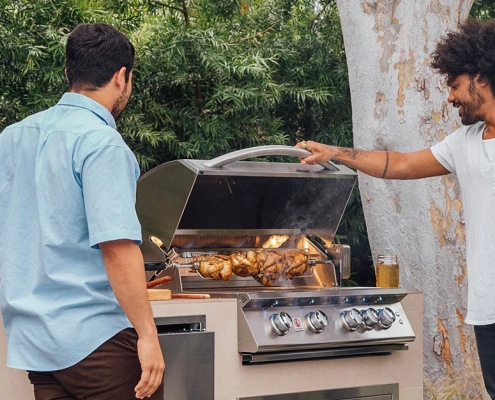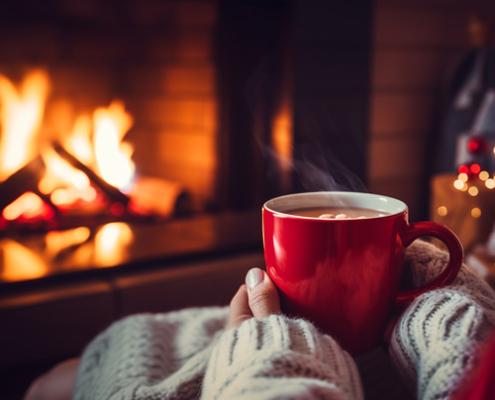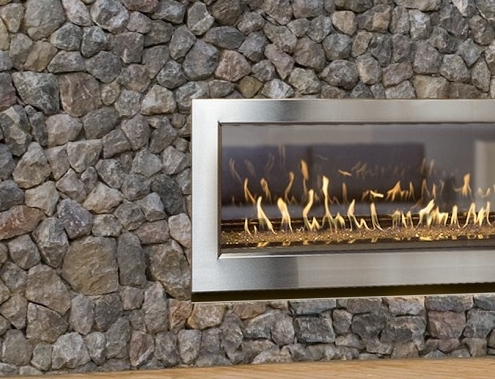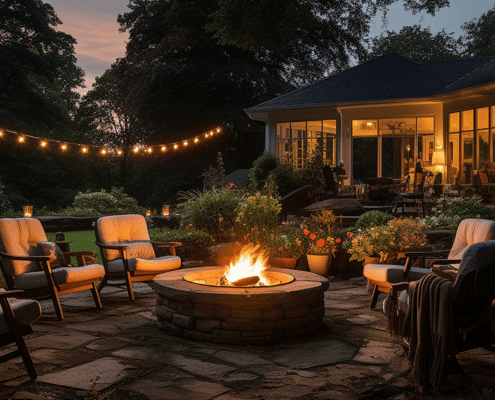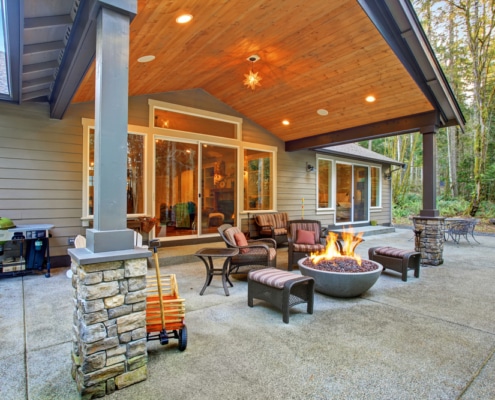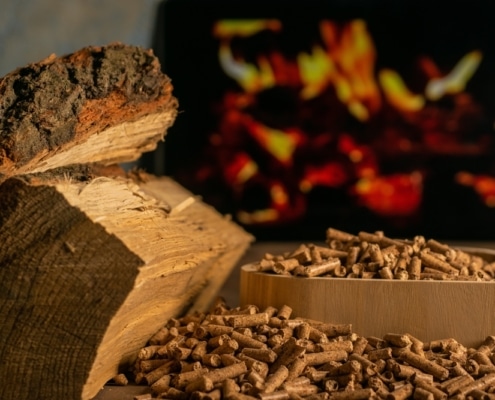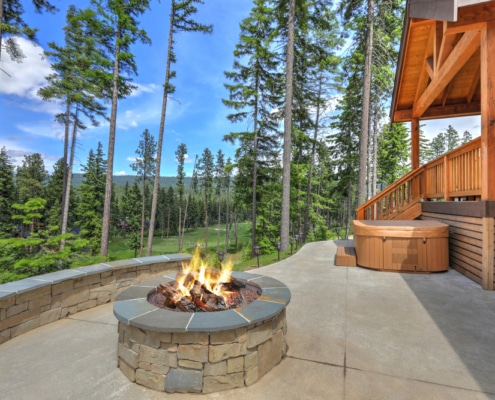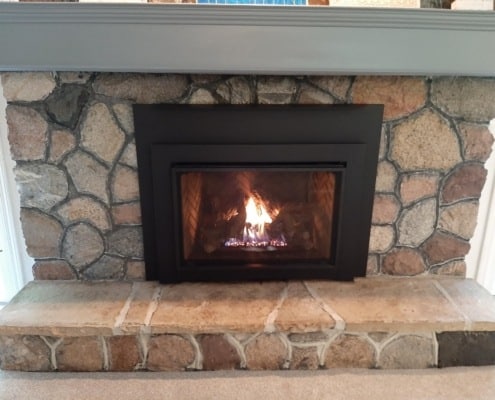Category: Fire
At VanderWall, we curate a diverse collection of fireplaces to transform your living space into a cozy sanctuary of warmth and beauty. From wood-burning classics to convenient gas and eco-friendly electric models, our range caters to every preference. With an emphasis on seamless integration and uncompromising performance, our fireplaces offer exceptional heating efficiency and safety features. Discover the perfect fireplace for your home with guidance from our experienced team. Explore our website and blog content, enriched with expert tips and reviews, to find the ideal match for your space and bring warmth and joy into your home!

